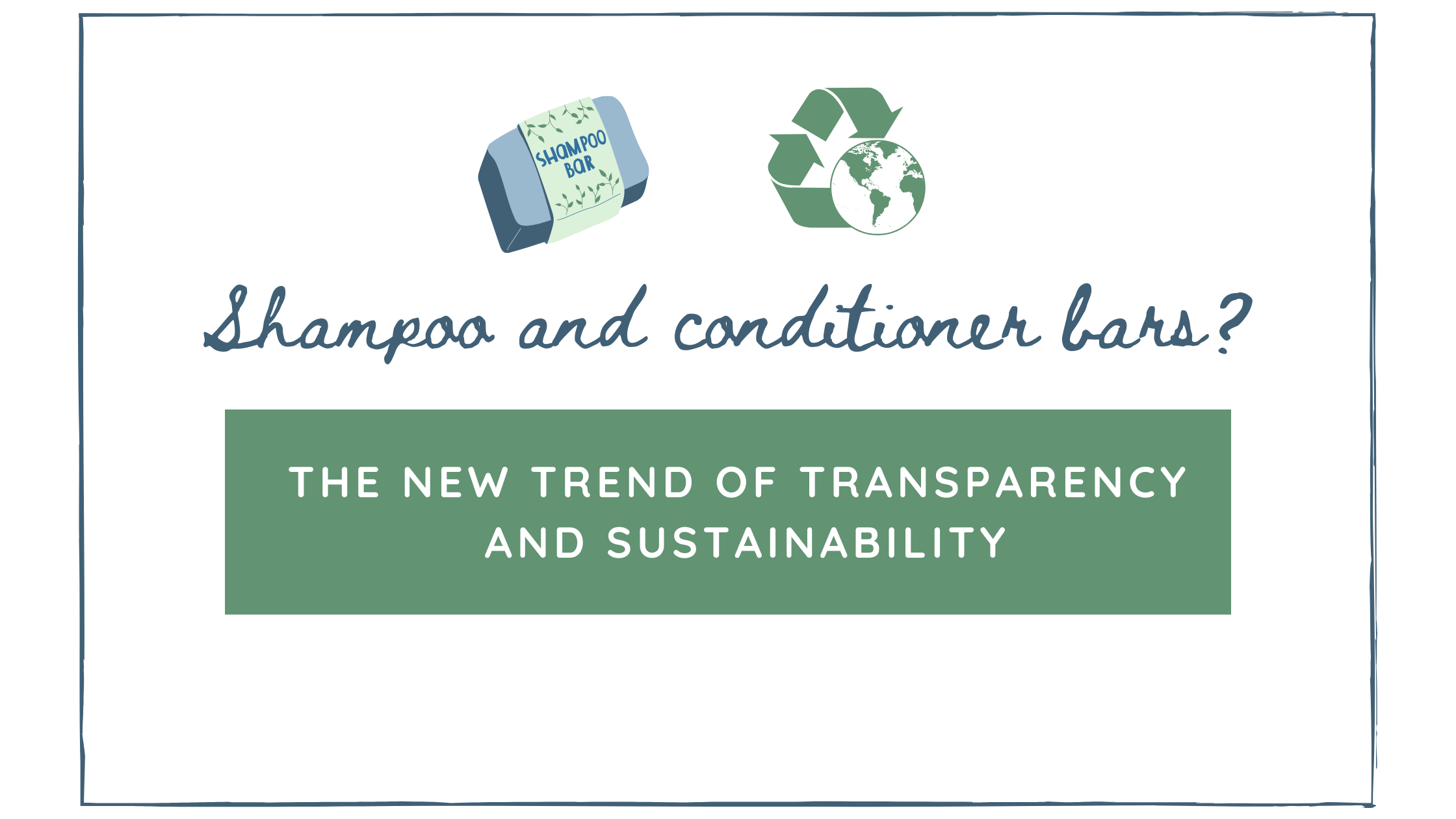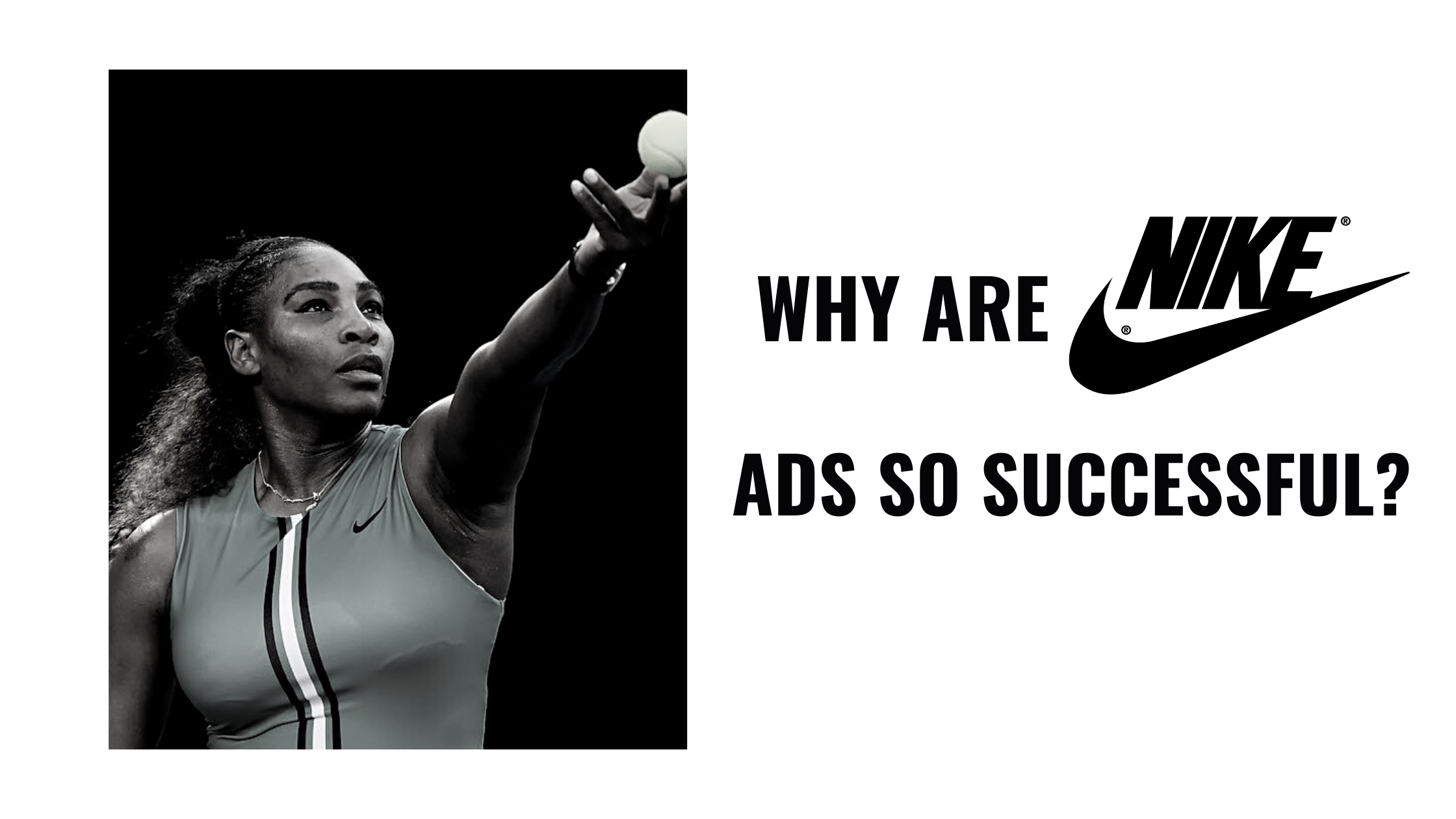By: Emma McCluskey, BPR student.
Imagine walking down the shampoo aisle at your local grocery store, the rattle of the shopping cart against the floor and the passing smiles of employees. As your eyes skim over the shampoo and conditioner bottles, you grab one at random and turn it over. The back of the bottle has a list of ingredients that seems never-ending, as if written in a foreign language.
Applying liquid shampoo and conditioner is a daily part of many people’s routines, even though few can decipher the long list of ingredients on those bottles. By not recognizing or understanding what ingredients we use in our hair, we put all our trust into those companies and cosmetic brands creating the products.
Wouters and Chanet’s research on corporate human rights responsibility in 2008, shows that consumers can lack adequate information about the behavior of corporations that would help them to make smarter decisions about buying habits.
Unable to comprehend what her hair products were composed of, Alicia Sharp of Fredericton, N.B. felt she needed to make a change. To address this troubling reality, Sharp founded Upfront Cosmetics.
Sharp has successfully jumped onto an emerging trend in the cosmetic world, as consumers demand to know what ingredients are being used to produce their products. According to a 2021 article on Health.com, commonly used ingredients such as formaldehyde, which releases the preservative DMDM hydantoin, are coming into the spotlight for potentially being linked to hair loss and irritation.
Upfront Cosmetics is a local company based out of Fredericton, N.B. that creates shampoo and conditioner bars along with other products. Sharp says her brand is different than other brands because they “don’t use sulfates.” Upfront uses all coconut-based surfactants, which are higher quality ingredients.
Their products have no sulphates, parabens, or synthetic fragrances. Sharp says that sulfates “strip the natural oils from your hair,” which is why her brand chooses not to use them.
Understanding how to navigate the cosmetic world to make decisions based on using reliable brands is an important concept. Asking yourself the following four questions will help guide you to make choices that are beneficial for the planet, as well as for yourself.
What is conscious consumerism?
According to a 2020 article from Grow Ensemble, conscious consumerism is when purchasing habits are motivated by a commitment to purchase products or services that have a positive impact socially, economically, or environmentally.
As consumers, we want to support companies that are creating sustainable and eco-friendly products. Therefore, we achieve that “feel good” emotion that is associated with helping someone.
Asking questions such as, “is this good for me?” and “how does this impact the planet?” are two forms of being conscious consumers. Water is the number one ingredient in most liquid shampoos. It is not harmful, but it means you are mostly purchasing water instead of high-quality ingredients for your hair.
Being aware of these facts is crucial to decision making.
What are alternatives to buying bottles of cosmetic products?
Eco-friendly options are out there if you are willing to search for them. Single-use plastic is a large issue and buying shampoo and conditioner bottles is adding to the problem. The alternative is to find brands who use eco-friendly options to package and create their product.
When discussing how the cosmetic world will change in the future, Sharp says that “there is a movement towards sustainable packaging.”
Upfront Cosmetics does not put their products in single-use plastic bottles; instead, they use bars and eco-friendly packaging. Each shampoo bar is equal to approximately three bottles of liquid shampoo.
What does sustainability look like?
There are eco-friendly alternatives everywhere. However, these alternatives are likely more expensive. If a brand’s sole purpose is to maximize profit, it will potentially cut corners when it comes to ethically sourcing ingredients and using sustainable packaging.
Sharp says her company recently switched to biodegradable packaging peanuts for their orders. Plastic packaging peanuts create waste, so this eco-friendly alternative is a great option.
Biodegradable packaging peanuts are made from natural sources such as potato starch. Potato starch is a byproduct that otherwise would get tossed away, so by using it to create packaging peanuts it is diverting waste from the landfill.
What does transparency mean?
Brand transparency means that brands are open and honest with their customers. That includes what ingredients are in their products, and how that impacts their customers. Trust is one of the most important bonds a company can create with their customers. The effect of being transparent with customers is that they become loyal towards your brand, which benefits companies in the long run.
As the name “Upfront” indicates, Sharp’s company is all about being transparent with their customers. Sharp says that “customers are the most valuable people” to her company.
Sharp says that she has had previous mentors tell her that she chose an “uphill battle,” by her choice to be Leaping Bunny certified and use sustainable methods. As stated by the One Planet Network in 2020, Leaping Bunny is one of the most trusted cruelty free certifications. Even though being eco-friendly is more time and cost intensive, Sharp says that she “wouldn’t want to do it any other way.”
Imagine heading down the cosmetic aisle, the shampoo and conditioner bottles are on your left, but you continue straight ahead. You notice an alternative option displayed on the right for all to see—shampoo and conditioner bars. Using the concept of consumer consciousness, you use your knowledge to decide what brand aligns best with your values.





